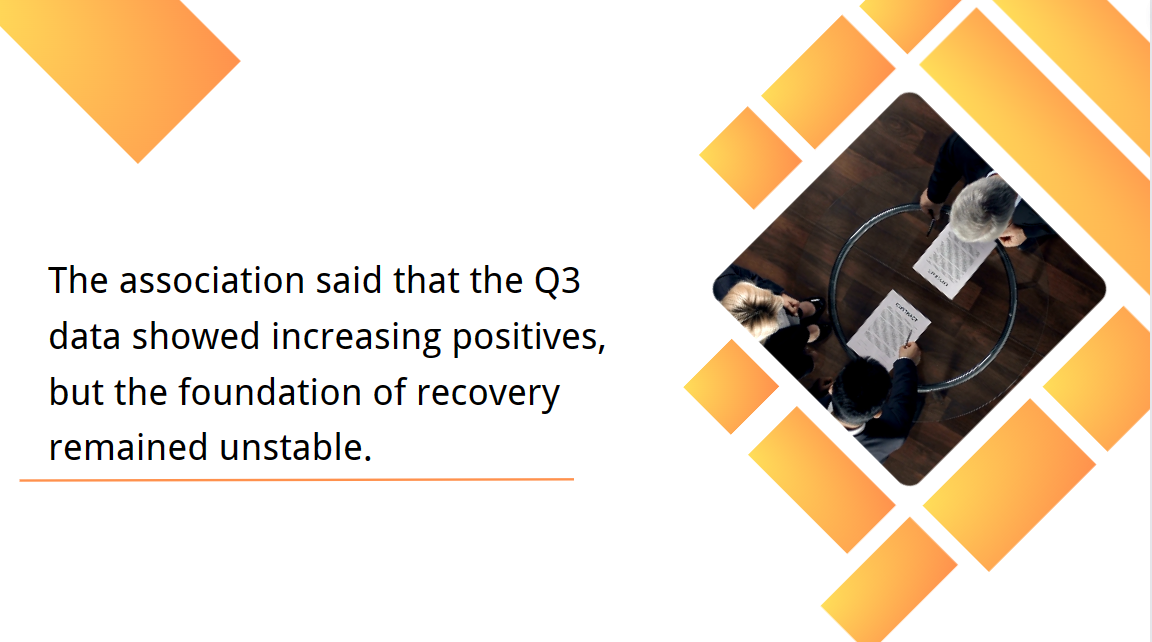Local debt swaps may forestall financial risks
China, experts said on Tuesday, might have pushed ahead a "debt swap program" that could be worth 2.3 trillion yuan ($315.2 billion) at most.
This could replace hidden liabilities of local governments with official debt, a significant step for the country to forestall financial risks, they said.
As of Tuesday, at least six provincial-level regions — Liaoning, Inner Mongolia, Tianjin, Yunnan, Chongqing and Guangxi — have disclosed plans to issue "special refinancing bonds" worth 319.65 billion yuan in total, according to data compiled by Sinolink Securities.
Among the six, Liaoning has the biggest issuance scale of 87.04 billion yuan. In August, China's Ministry of Finance had said in a report that it will urge local governments to resolve the existing implicit debt, improve the maturity structure and reduce interest burden.
What experts called a "debt swap program" is critical for boosting confidence in China's ongoing economic recovery as it will ease the debt burden and alleviate liquidity risk of local government financing vehicles, or LGFVs, while facilitating repayments to private businesses. LGFVs are entities created to raise funds for public investment projects.
Special refinancing bonds are government bonds whose proceeds are typically used to repay hidden government debt, usually the liabilities of LGFVs that are implicitly guaranteed by local governments. By doing so, the implicit debt is replaced with official government debt.
According to earlier news reports, 12 provinces may issue around 1 trillion yuan to 1.5 trillion yuan worth of such bonds to swap their implicit debt.
"We think this (proposed bond issuance) suggests that the anticipated local government debt swap program has kicked off," said Jacqueline Rong, chief China economist at BNP Paribas, adding Inner Mongolia's case indicates that government payables to companies have been included in the program.
Yang Haiping, a researcher at the Central University of Finance and Economics' Institute of Securities and Futures, said replacing the high-cost implicit debt with cheaper government debt will help reduce local government debt burden and improve debt sustainability.

As some of the special refinancing bonds are expected to be used for repaying payables to companies, they will help restore business confidence, especially among private enterprises, Yang said.
Rong at BNP Paribas said the maximum value of special refinancing bonds to be issued could amount to 2.3 trillion yuan if local governments' debt headroom — the difference between the approved debt ceiling and the actual amount of outstanding bonds — is fully tapped to replace implicit debt.
The 2.3 trillion yuan headroom, according to Rong, includes 1.4 trillion yuan in general local government bonds and about 900 billion yuan in special local government bonds, excluding those dedicated to recapitalizing smaller banks.
A Southwest Securities report said the total size of special refinancing bonds issued this year may reach 1 trillion yuan, with more to be issued in 2024, and the size of total issuance might exceed market expectations.
The "debt swap program" adds to the rising positive factors of China's economic recovery. While the International Monetary Fund lowered on Tuesday its 2023 economic growth forecast for China to 5 percent from 5.2 percent, experts said the downward revision was mainly due to the economic slowdown in the second quarter. The economy has since bottomed with momentum picking up.
"The momentum is expected to strengthen steadily in the fourth quarter and pick up further through 2024, with the help of well-calibrated and targeted policies," said Hoe Ee Khor, chief economist of the ASEAN+3 Macroeconomic Research Office.
Experts, however, said the "debt swap program" still looks relatively small compared with the total size of implicit debt. More efforts to address local government debt risks can be expected, including further promoting an economic growth mode that is less dependent on debt and the property market.
In the short term, a new central bank tool, namely the special purpose vehicle, may be launched to mitigate the liquidity risks of LGFVs, said Yang Fan, chief macro and policy analyst at CITIC Securities.
Liu Zhihua contributed to this story.






















































First, please LoginComment After ~